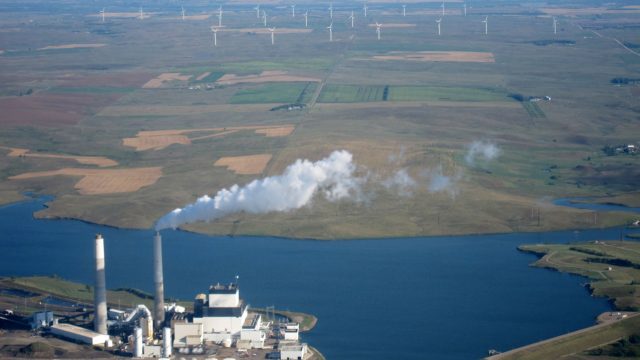Steve Van Dyke: Seven Things To Know About North Dakota's Energy Landscape

The oil boom has created a large need for more electricity in North Dakota and also in Montana and South Dakota – areas typically served by North Dakota’s coal-based power plants. A 2012 study conducted by Kadrmas, Lee and Jackson for the North Dakota Industrial Commission shows that North Dakota will need an additional 2000 megawatts of generation between 2012 and 2032. The region – including North Dakota – will require an additional 2,500 megawatts.
Where could the additional generation come from?
1. Much of this added electric capacity will need to be baseload generation – the type generally supplied by coal – because oil wells and related facilities normally require electricity 24 hours a day, seven days a week.
2. Fuel input costs for both natural gas and coal account for most of the cost of generating electricity. On a BTU basis, coal in the United States currently sells at an average of $2.36 per million BTU and natural gas sells for $6.08 for the same amount of heating value. North Dakota’s 800-year supply of lignite coal is even more affordable – averaging about $1.00 per million BTU.
3. On average, North Dakota’s lignite-based power plants sell a megawatt-hour of electricity for $25. The average of all natural gas plants in the United States has a combined cost of $34 per megawatt hour. A megawatt-hour is enough electricity to power 800 homes for one hour.
4. To meet the ballooning electricity needs, utilities would need to build two 1,000 megawatt coal-based power plants the size of Coal Creek Station. However, the EPA’s proposed greenhouse gas rule for new coal-based power plants precludes building a coal-based power plant without carbon capture technology, which is currently in the experimental phase.
5. Alternatively, utilities would have to build approximately eight new hydroelectric facilities the size of Garrison Dam, but the last dam built in the United States occurred nearly 40 years ago.
6. Wind and solar installations – while not baseload generation sources – could also be used to meet some of the increased load demand. For instance, Basin Electric Power Cooperative installed 77 wind turbines that generate 115 megawatts of electricity between Max and Minot in 2009. Providing a nameplate capacity of 2,000 megawatts would require the installation of 17 more wind farms the size of Prairiewinds ND 1, accounting for more than 4,000 additional wind turbines. Because of the intermittent nature of wind generation, either coal or natural gas generation would still be required to ensure continued electric service.
7. Utilities are required to meet the customers’ energy demands and they are going to do it – the question is simply, what choices are they going to make to meet the growing demand of 2,000 megawatts. Will the choices be based on economics or on federal regulations that require higher priced, less reliable sources of electricity? At the end of the power line, the customer is left paying the bill.




